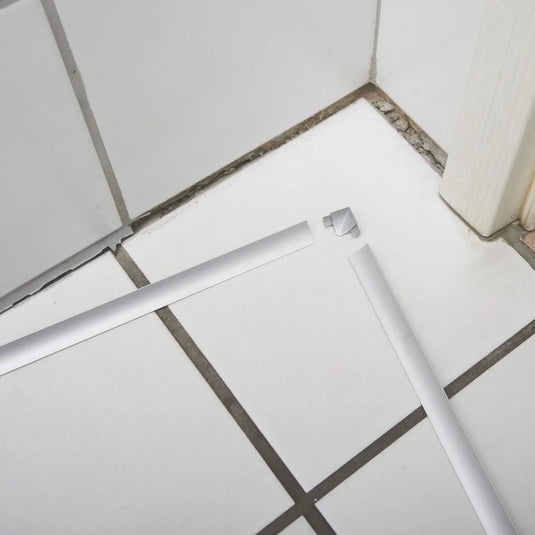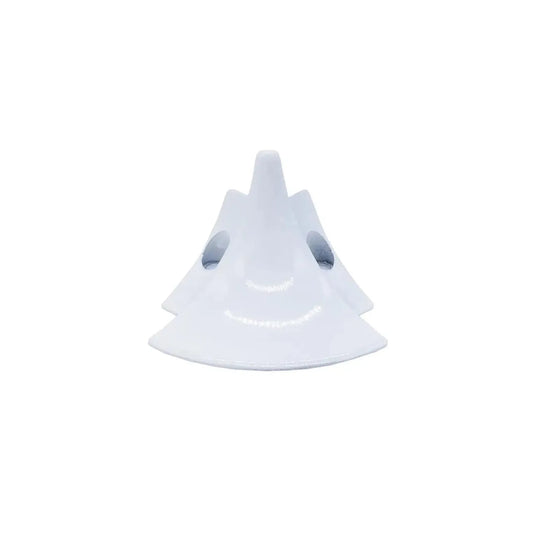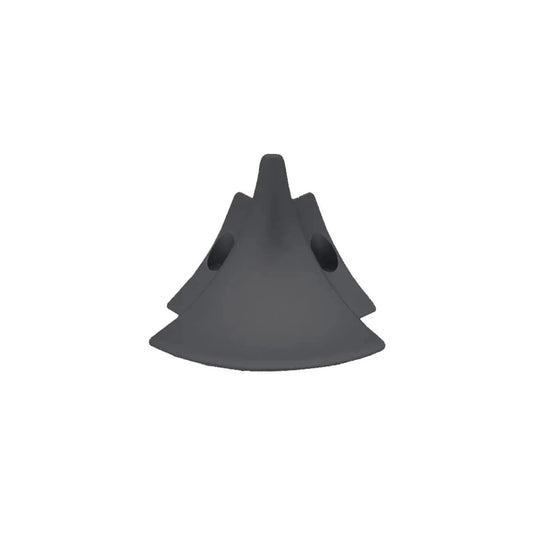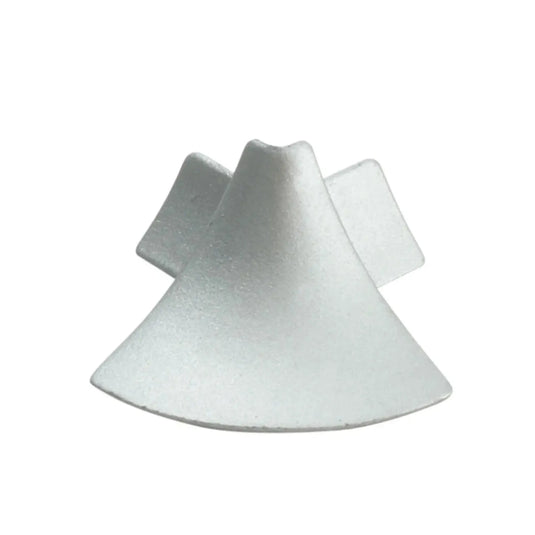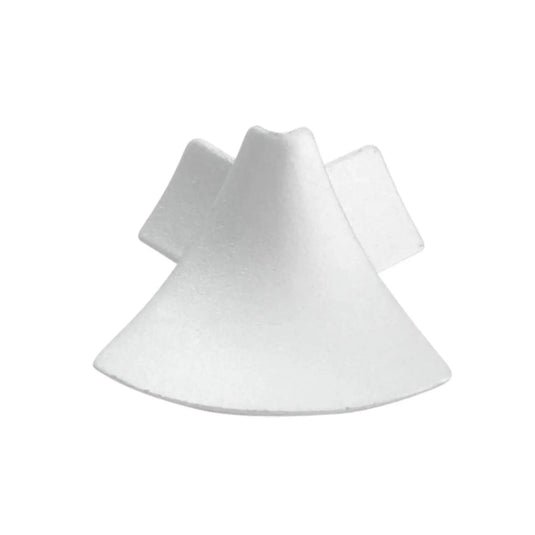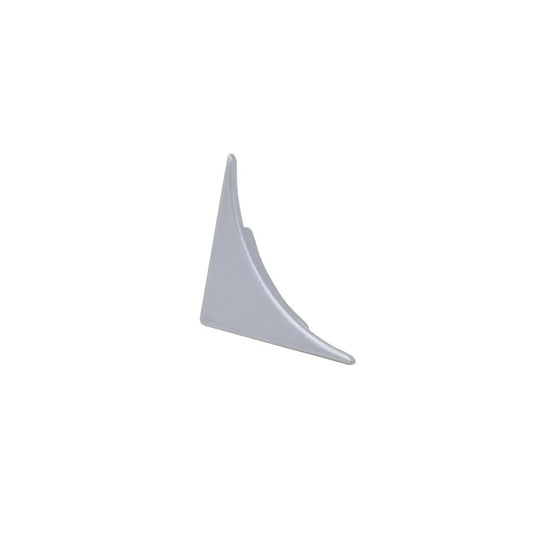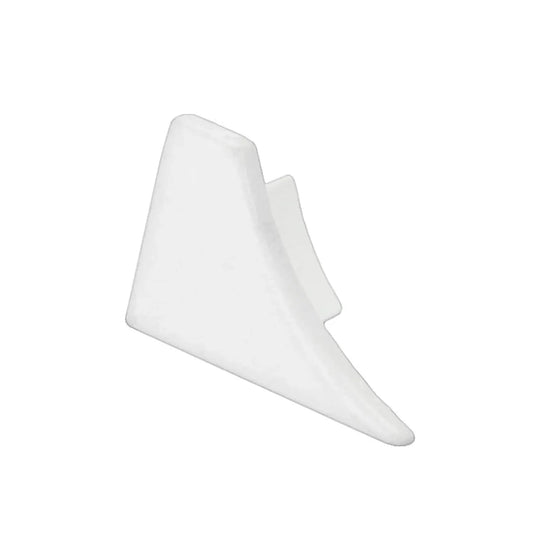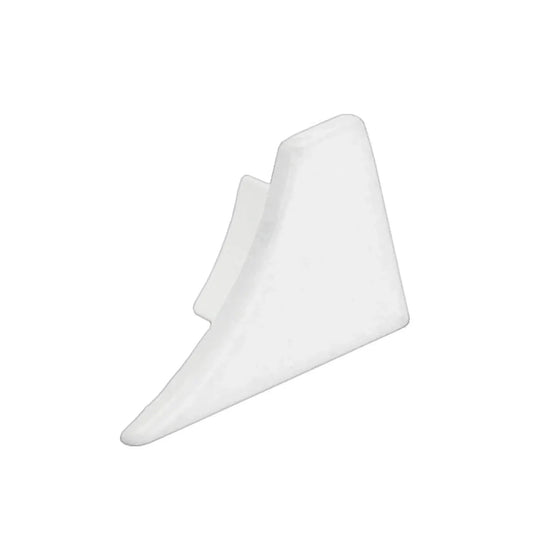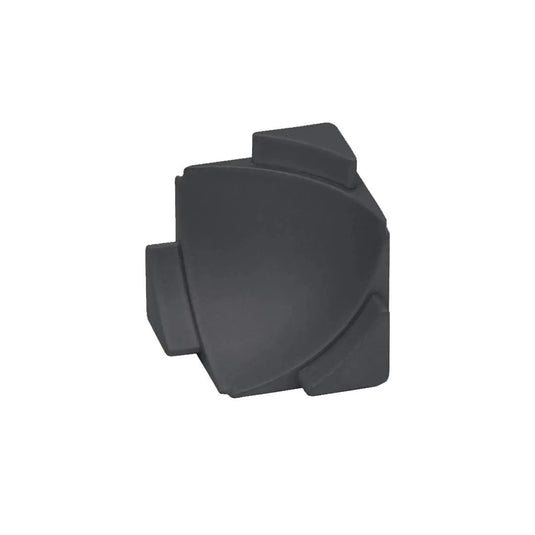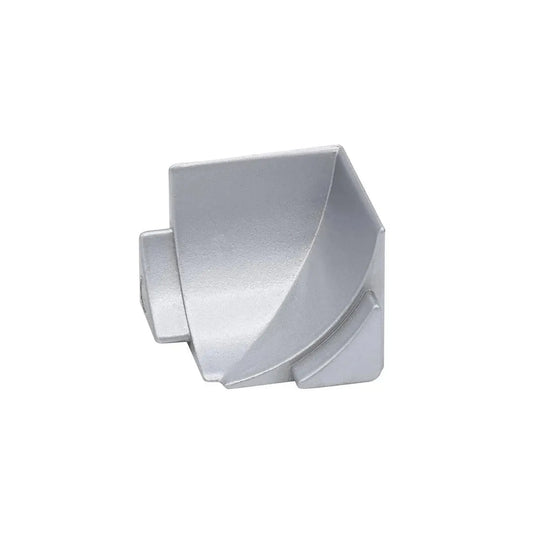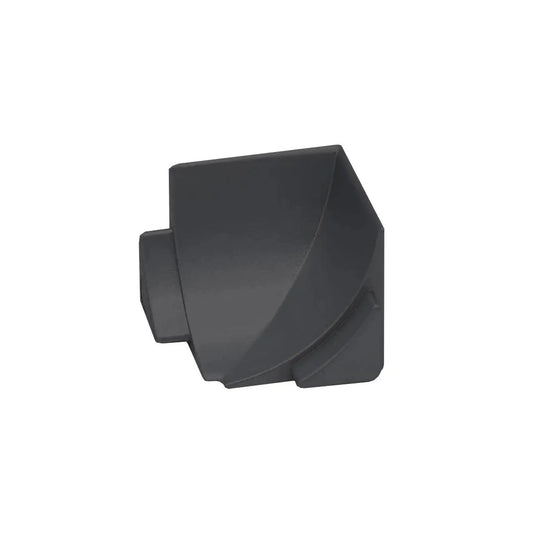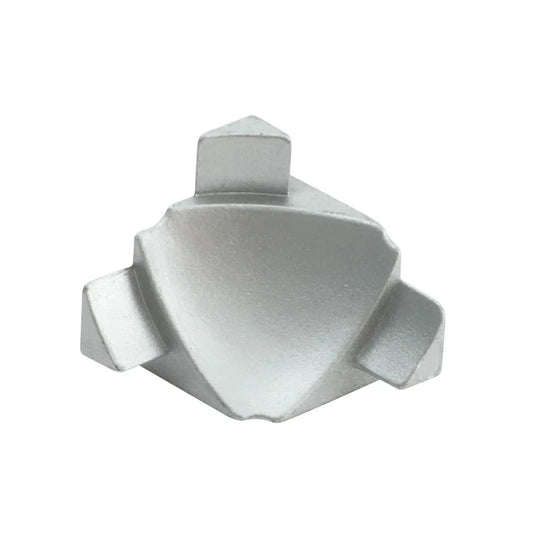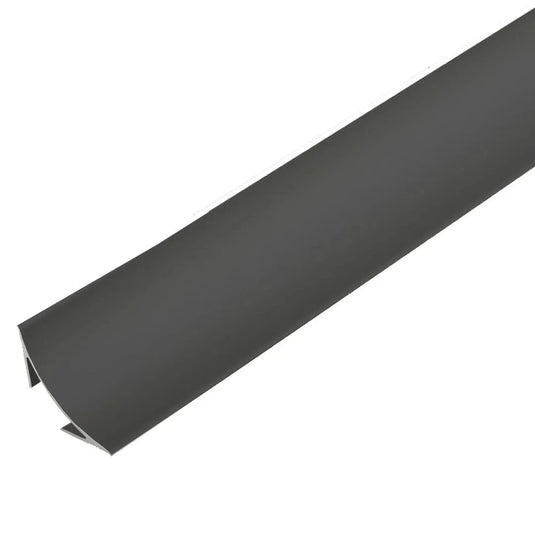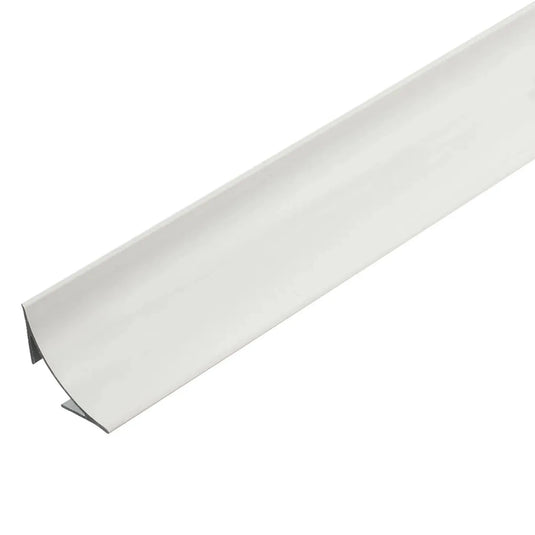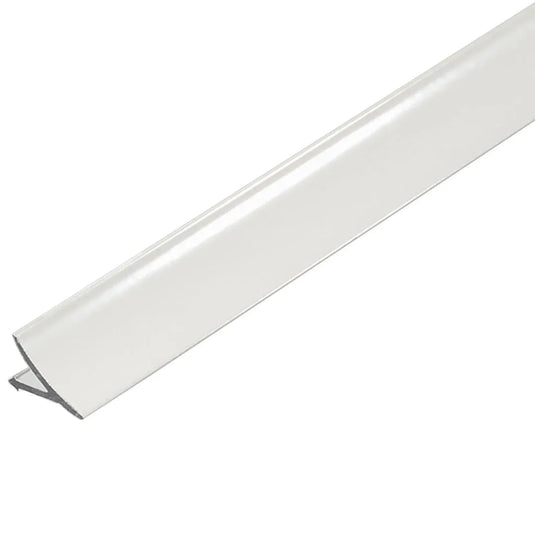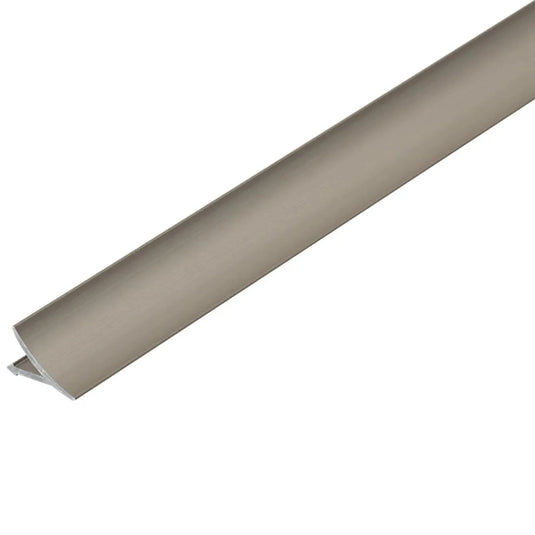Tile profiles play a crucial role in the functionality of tile coverings. Not only do they protect sensitive edges from chipping and impact, they also add visual highlights and significantly enhance the interior design. They are usually laid at the same time as the tiles, as they are placed under the tiles using a special tile adhesive or mortar. But what if you have already laid tiles and are now wondering whether it is possible to install tile profiles retrospectively? In this blog post, we take a look at this question and give you valuable tips for successful adaptation.
When does it make sense to retrofit tile profiles?
Even after you have already laid tiles in your living space, you may want to make changes or add additional functional elements. An effective way to achieve this is to retrofit tile profiles. The decision to integrate tile trims can be useful in various scenarios, whether for design reasons, to protect high-traffic areas or to create a professional finishing edge.
Discover tile profiles to improve function and design:
- Design changes: If you want to change the appearance of your tile surface, whether for a more modern look or to add new accents, tile profiles can be an effective solution.
- Protection for high-traffic areas: Especially in high-traffic areas, whether in private homes or commercial environments, tile profiles offer additional protection for edges and corners to prevent wear and damage.
- Finishing surfaces: If you want a clean and professional finish for your tiles, tile profiles are ideal for finishing wall and floor transitions.
- Renovations and conversions: In renovations or conversions where tiles are already in place, tile profiles allow for attractive transitions between different materials or surfaces.
- Functionality enhancement: You could retrofit tile profiles to integrate additional functions, such as lighting elements.
It is important to note that retrofitting tile profiles requires precise planning. The existing tiles should be in good condition, and the tile profiles should be selected based on their functionality and visual harmony with the existing tile design. Before installation, it is advisable to carefully consider the specific requirements and possibilities.
Design change – turning old into new
Have you purchased a house or flat that is getting on in years? Or do you simply need a change of scenery because you no longer like the tile profiles that have been installed? Then the question arises as to whether the old tile rails can be replaced with new ones. Theoretically, yes, but do we recommend it? No, because the tile profiles are firmly attached to the tiles with tile adhesive and it is almost impossible to remove them without damaging the tiles. You can carefully use a screwdriver or a narrow sanding attachment on a sander to remove the adhesive from the individual recesses and joints. In theory, the tile rails should then gradually come loose and you can lay your new profile. In practice, however, this is somewhat more difficult and, despite careful work, damage to the tiles may occur afterwards.
What do we recommend instead?
Use tile profiles that are suitable for retrofitting. In most cases, these are self-adhesive tile rails or profiles with a large cavity that completely covers older profiles, for example. These can be, for example, floor edge trims, threshhold strips or skirting boards. We offer a wide selection of profiles in our shop to help you enhance your home.
Protection for high-traffic areas

Whether for prevention or to cover existing damage, our angle profiles are always used when corners are exposed to increased stress or wear. Examples of this can be found in commercial spaces such as offices, shops or hotels, where constant use puts greater strain on the corners of walls and furniture. Retrofitting corner protection angles in these areas ensures effective protection and increases the durability of the corners. It also makes damaged edges disappear quickly and easily, giving the room that certain something back.
Would you like to learn more about our corner protection brackets? Then you will definitely enjoy our article ‘Corner protection brackets – protection for high-traffic areas’.
Completion of areas

We also have self-adhesive profiles in our range. The tile profile has a self-adhesive backing, which ensures quick and easy installation. The profiles can be used for tiles, wall and ceiling coverings, stairs, windows and doors, and offer an optimal solution for a clean, secure and quick connection between components and materials. Our self-adhesive floor edging trim VARIO is simply attached to the skirting boards under balcony/patio doors using the self-adhesive backing, so that the skirting board rests on the floor covering and covers the finishing joint/edge.
Renovations and conversions
Are you considering new flooring because you are tired of the old carpet? Then you will need a transition profile! Transition profiles are used when different floor coverings (laminate, tiles, parquet or carpet) need to be joined together. Most transition profiles also compensate for small differences in height between different floor coverings. Retrofitting transition profiles is usually not a problem, as in most cases the rails are not pushed under the tile edges. Instead, the rail is positioned above the edges and is either screwed or glued to the adjacent floor covering. The choice between the self-adhesive or screw-on version depends on where you want to use the tile profile. Self-adhesive profiles are quick and easy to install, but may not be as durable as screw-on profiles. We therefore recommend using screw-on transition profiles in high-traffic areas to ensure long-lasting stability.
Retrofitting tile rails – yes or no?
In general, we recommend retrofitting transition profiles, corner protection angles and floor termination profiles that are specifically designed for this type of installation. It does not matter whether they are screwed or self-adhesive. The decision to replace rails that have already been laid and pushed under the tile edge should be carefully considered, as this involves a considerable amount of work. Removal and subsequent installation requires a high degree of skill to achieve a satisfactory result. Therefore, the economic considerations should be carefully weighed before such a replacement is considered.
